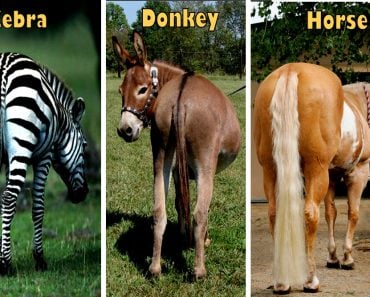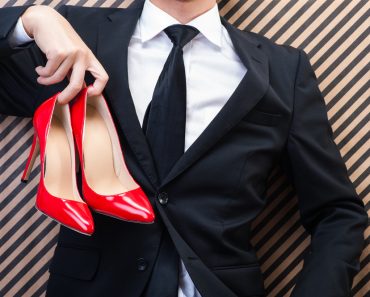Table of Contents (click to expand)
Horses wear shoes because they were domesticated thousands of years ago, and farmers, riders, and cavalrymen realized that their horses’ feet were wearing down before they could grow properly. This was bad news, because with so much riding and pulling, especially on uneven terrain, the wearing down of the hooves affected their horses’ gait, balance, and speed; it even caused lameness to a certain extent. To tackle this serious gait problem, horseshoes were invented.
Clip-clop, clip-clop, clip-clop…
Make way… horse comin’ through.
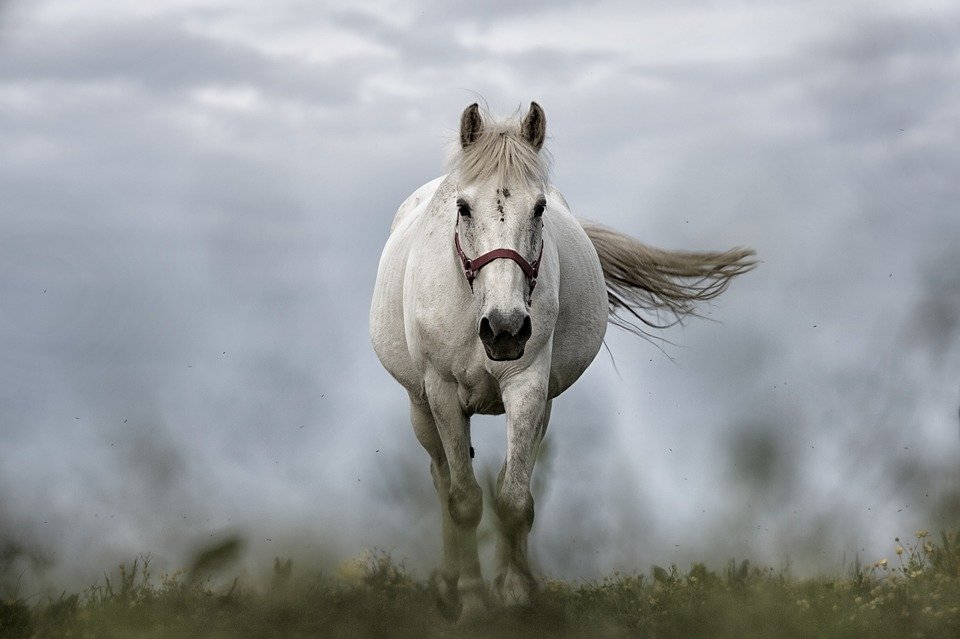
The ‘clip-clop’ sound has become a staple of how horses move. You simply can’t have a horse movie/show that doesn’t include that mysteriously pleasing sound. However, is it the sound of the horse’s hooves or something else entirely?
In fact, it is the sound that horseshoes make on the ground, not the horse hooves themselves; which brings up a more interesting question… why do horses wear shoes?
Before we can answer that, we need a bit more information.
Recommended Video for you:
What’s A Horseshoe?
As the name implies, a horseshoe is a shoe for a horse. It’s basically a man-made item (traditionally made of metal) that’s attached to a horse’s hooves in order to protect them from wear over time. A horseshoe is nailed through the hoof wall to attach to the palmar surface of the hooves. The hoof wall is similar to human toenails, but much thicker and larger than even our longest toenails. In other words, just as clipping our toenails is painless, horses don’t experience pain while being “shoed”.
Also Read: Before Clippers, How Did Humans Trim Their Nails?
Why Are Horses ‘Shoed’ In The First Place?
Horses were first domesticated thousands of years ago, somewhere around 3,000 BC by most estimates. As indispensable of an asset as horses turned out to be, different types of horse owners, such as farmers, riders and cavalrymen, soon realized that their horses’ feet were wearing down before they could grow properly.
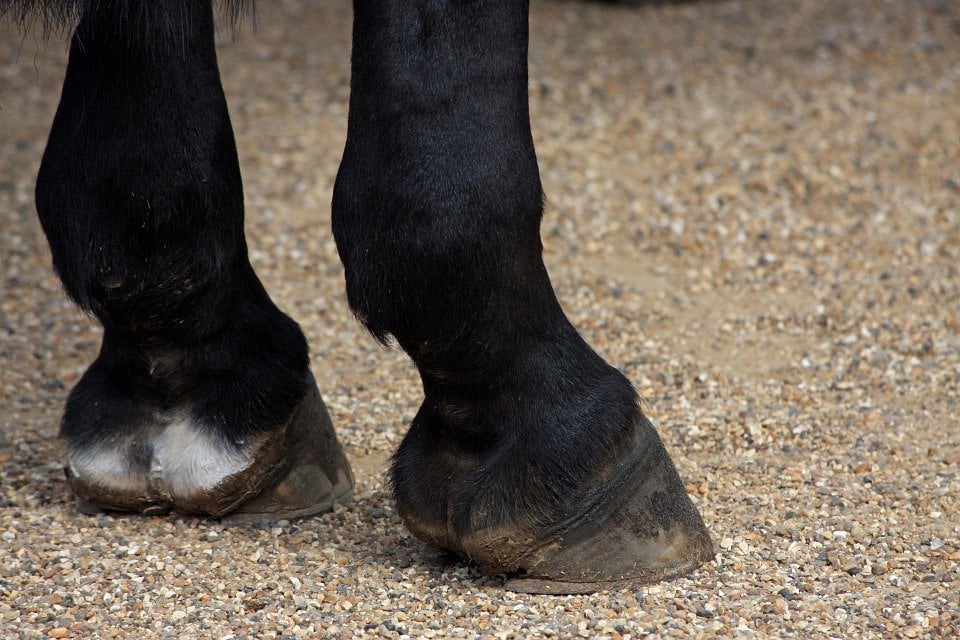
This was definitely bad news, because with so much riding and pulling, especially on uneven terrain, the wearing down of the hooves affected their horses’ gait, balance, and speed; it even caused lameness to a certain extent. To tackle this serious gait problem, horseshoes were invented.
The primary objective of horseshoes is to help protect horses’ hooves from excessive stress, wear and damage.
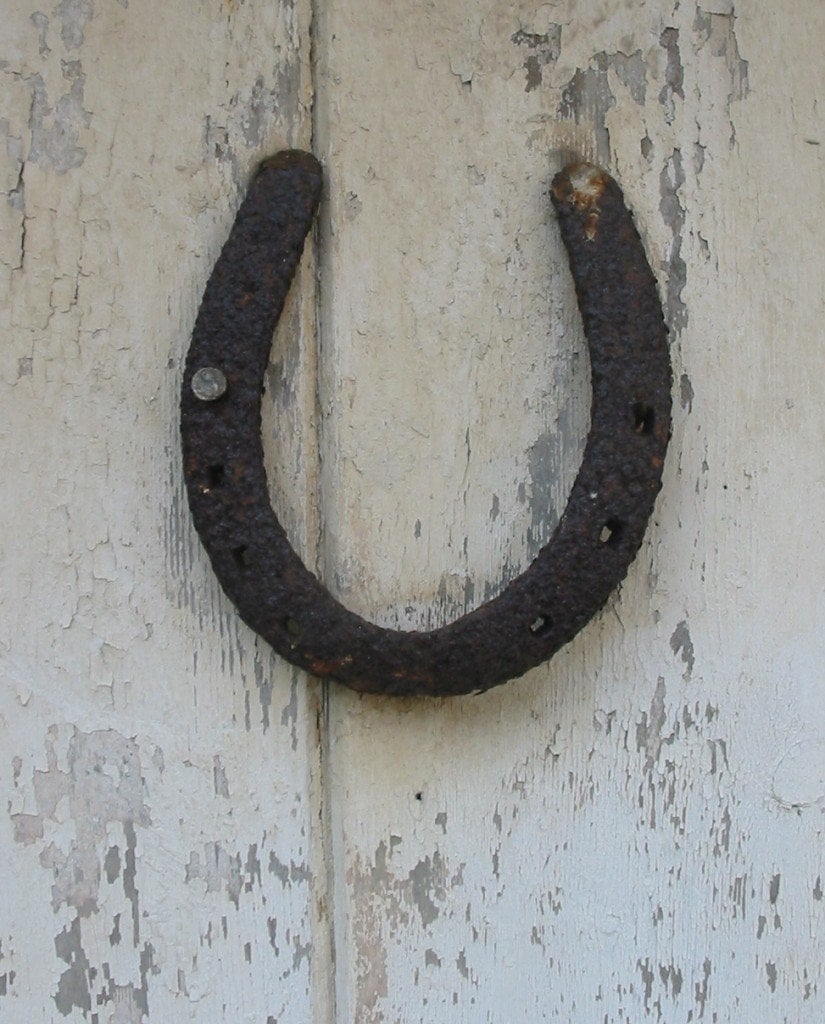
Other than that, horseshoes serve plenty of other purposes: specifically designed horseshoes are known to provide traction, which helps horses sprint or move more confidently in slippery, muddy areas without losing their balance. Such horseshoes prove very helpful when horses have to trot on asphalt surfaces, as without them, horses with worn down hooves would be at great risk of slipping and sustaining injuries.
There are certain breeds among horses that are known to have ‘soft hooves’, and these horses are much more likely to need shoes. Horseshoeing can also contribute to improving the gait of certain horses. In fact, specialized horseshoeing can help manipulate and even correct the gait of horses that are born with bone or muscular problems.
Also Read: How Have Shoes Changed Our Feet?
Horseshoeing Isn’t Easy!
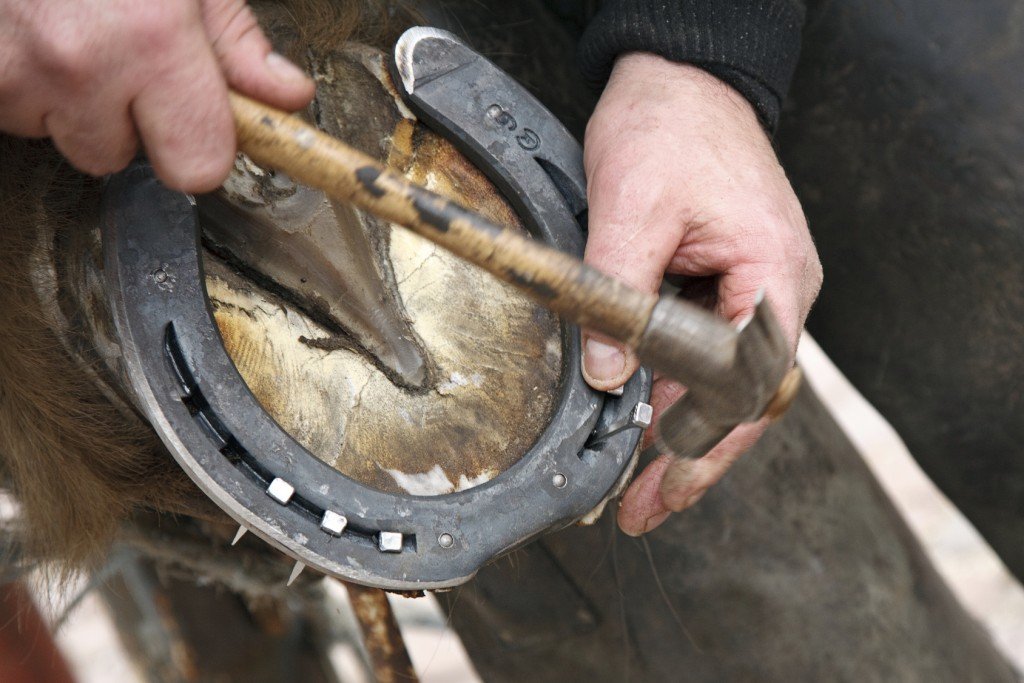
Shoeing a horse is no cakewalk! In fact, it is legally required that you be properly trained in the trade, have specific qualifications, and considerable relevant experience to be able to shoe horses in those countries (like the United Kingdom) where horseshoeing is a strictly regulated practice.
A person who professionally shoes horses is called a farrier – an expert in the field of shoeing horses who specializes in assessing potential lameness issues and fitting properly measured shoes to horses’ hooves. When done with proper care, horseshoeing is a painless procedure, but if the farrier makes a mistake (which happens even with skilled farriers when the horse in question doesn’t stand still) while shoeing a horse, the nail could come too close to the sensitive part of the hoof, causing the horse great discomfort, bleeding and lameness, if not corrected quickly.
Hoof Boots: A Safe Alternative
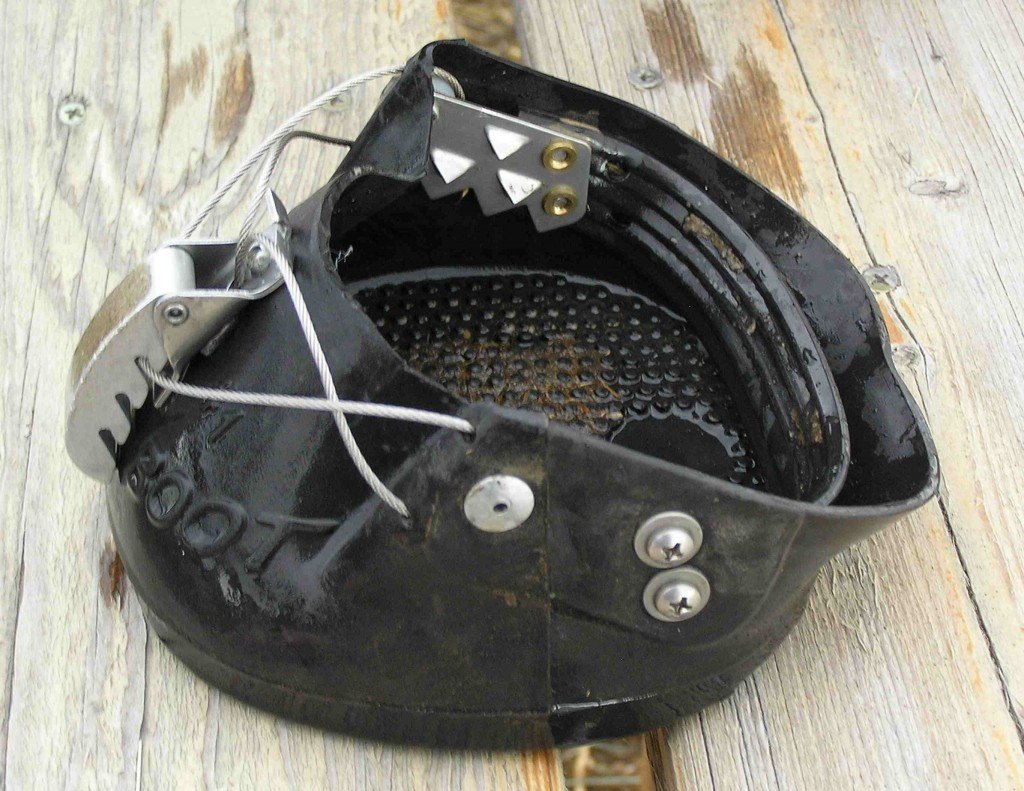
Since a horseshoe can be somewhat harmful to horses at times, if shoed improperly, hoof boots represent an elegant alternative. Hoof boots are devices made of polyurethane that replace (or sometimes aid) traditionally used horseshoes. In addition to the purposes that regular horseshoes serve (protection from wear and tear), hoof boots are actually more useful in the case of an injury to the hooves or if a pre-existing sole injury needs to be protected against hard, rocky surfaces.
It turns out that hoof boots are a better alternative to traditional horseshoes, at least in the sense of being an accessory, as you can easily put them on the horse’s hooves yourself. However, in the case of horseshoeing, you need a skilled and experienced farrier, because an unskilled one can actually do more damage than good to your beloved steed.


